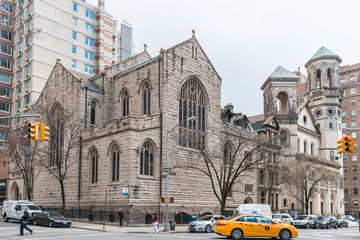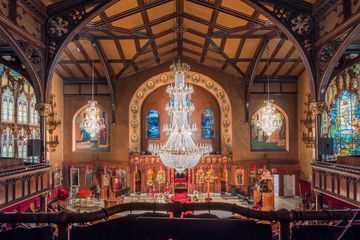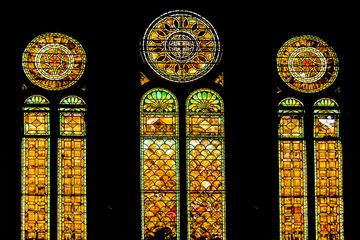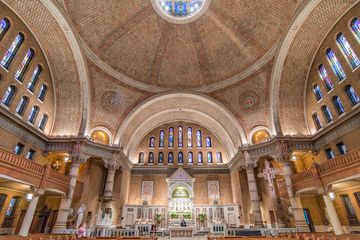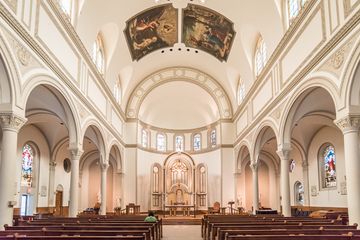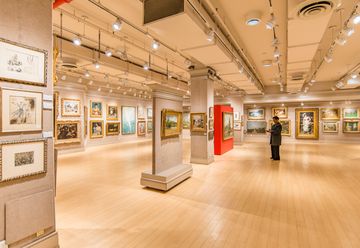After only spending a few minutes walking through Doyle's display room, I realized that Louis Webre, the Senior Vice President of Marketing and Media at the prestigious auction house, was correct - "Auction houses are one of the best places to go for free, cultural events in the city. " Though the room was filled with an exhibition on Impressionist and Modern Art when I visited, Louis told us that the shows change almost on a weekly basis. Once this particular show ended and the art auctioned, it would be followed by Post-War & Contemporary Art. "Every week it's something new, " Louis stated. William Doyle, who established the company in 1962, has continued his legacy through his wife Kathleen, the current Chairman and CEO, and his daughter, who also plays a substantial role in the company. Doyle holds about forty auctions a year, making it one of the premier auction houses in the world. "Our audience is very global, especially for jewelry sales, " Louis informed me. He added that part of the job of an auction house is to identify the new affluent populations of the world and to find out what international billionaires are buying. He then clarified this by saying "Almost all of what we sell, however, is from collections and estates within the US. "The auction house is a family company not only in its continued connection to the Doyles, but also because it is now working with clients who are third generation. Doyle employees have seen children and grandchildren of early customers come through their doors over and over again. Louis, who has been working for Doyle since 1987, has witnessed situations where parents have passed away and their children have offered the resulting estate, originally purchased from Doyle, back to Doyle. I asked Louis about the most impressive piece that he has seen auctioned over the years, and without hesitating he replied, "The pair of pearls. " He then shared the fascinating story with me. Doyle's appraisers have been working with the Antiques Roadshow since the late 1990s. During one episode of the show, Kevin, an appraiser, met with a woman who had brought in some of her grandmother's jewelry. She mentioned that she had one of the older woman's brooches with a pair of pearls, but that the piece had already been appraised at $1, 500-2, 500. After spending some time with this woman, Kevin's interest was piqued and he asked if she would mind sending the pearls to him. Upon receiving them, he immediately shipped them to Switzerland, the only place in the world that grades pearls. "They sent back a letter unlike any we had ever seen before, " Louis continued. The letter revealed the pearls to be a "treasure of nature" as it is extremely unlikely for two oysters to produce such large, identical pearls. They then traced the pearls' story and discovered that they once belonged to Empress Eugenie of France, but that France sold all the crown jewels in the 1870s. One of the largest buyers was Charles Lewis Tiffany, the founder of Tiffany and Co. This explained how the jewels got to America, eventually ending up in someone's grandmother's safety deposit box. When the pearls were sold, they broke the existing record sale for a pair of pearls by $900, 000. The heart-warming ending to the story is that when the woman found out what the pearls sold for, she announced that she would use the money to purchase a new canine van for her animal rescue service. After sharing this extraordinary story, Louis enthusiastically continued his walk through the gallery while pointing out some of his favorite pieces of art. There were quite a few pieces from the painter Paul Cadmus, but a favorite was an early self-portrait from when he was living in Mallorca with his partner between the wars. The room also held a collection of Paul Kleinschmidt's paintings, including a portrait of the collector who originally owned them. After showing me a painting of a crowded Coney Island beach scene done by Reginald Marsh, Louis said, "It's unbelievable to me how few New Yorkers take advantage of this. " He gestured to the rest of the room. "It really is the greatest free show in town. "
